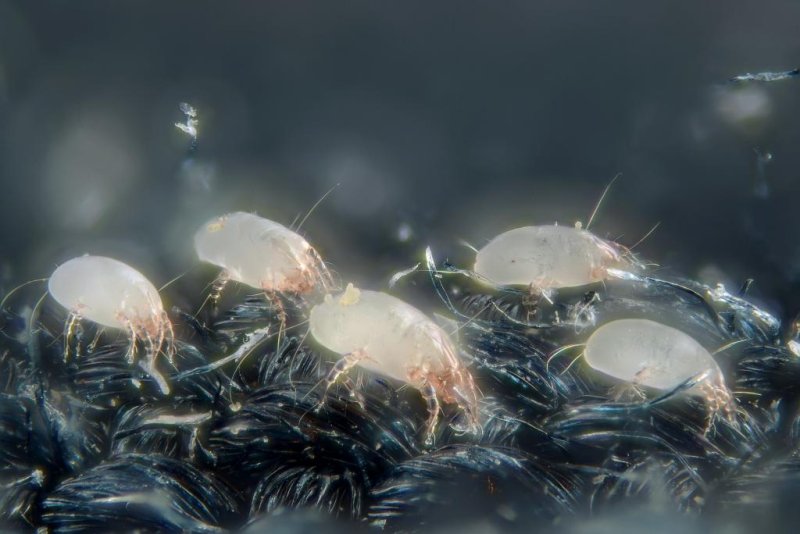BERLIN, Oct. 25 (UPI) -- An international research team in Europe has identified the molecular origins of the allergy to house dust mites.
The research team was comprised of scientists from The Charité - Universitätsmedizin Berlin, the Medical University of Vienna, and statisticians from Italy. According to the study's authors, allergic reactions to dust mites begin at the molecular level, and can strengthen over time into much more severe disorders.















